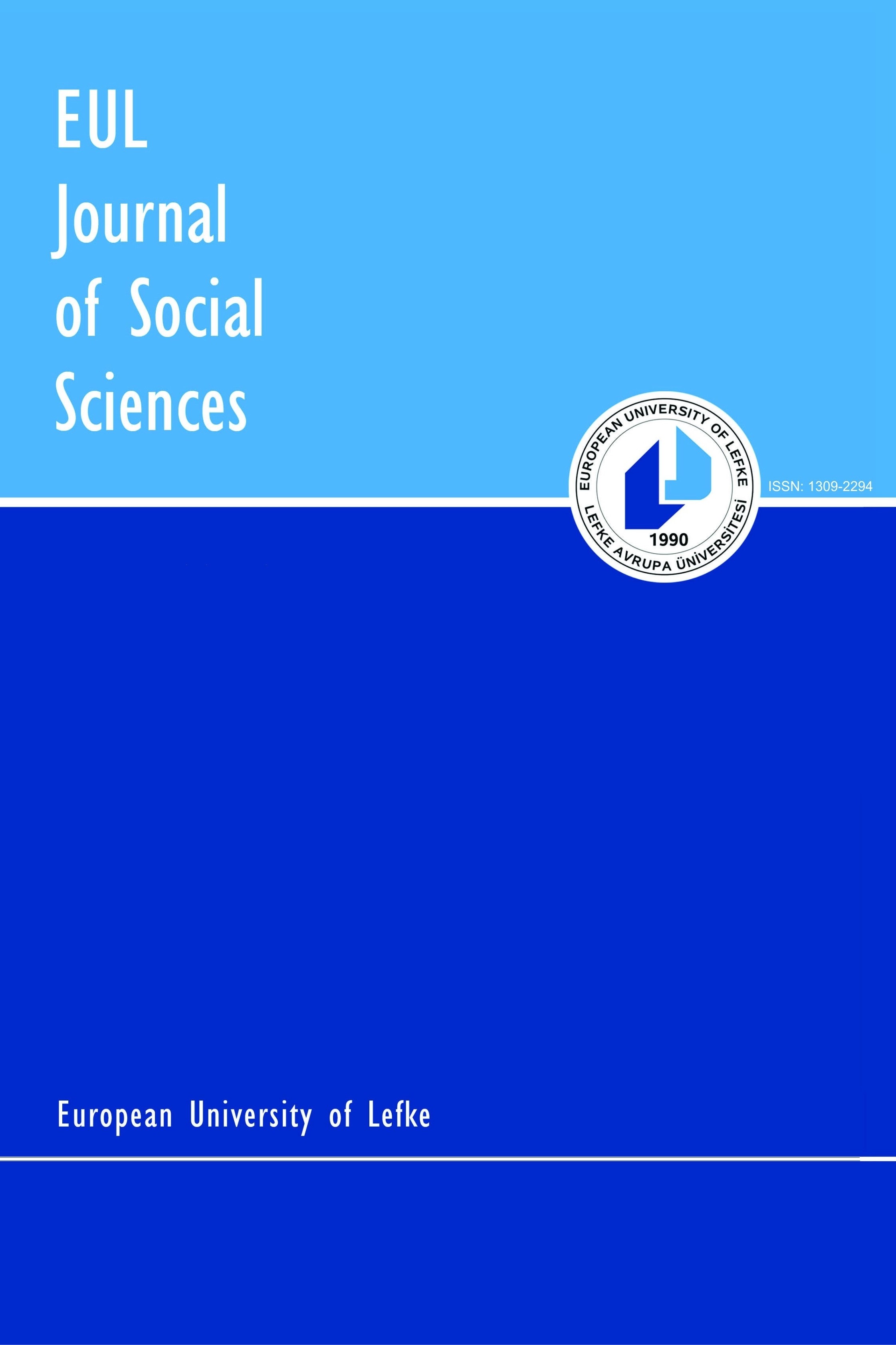Impact Of Structural Change And Human Capital Investment On Female Labor Force Participation Rates: A Cross-Country Analysis of the Middle East and North African Region
Orta Doğu ve Kuzey Afrika (MENA) bölgesi dünyanın en düşük kadın işgücüne sahip bölge olarak öne çıkmaktadır. Çalışma karşılaştırmalı ülke analizi yaparak bu duruma neden olan faktörleri ortaya çıkarmakta ve bölgesel özelliklerle ilgili açıklamaklar içermektedir. Çalışma, eğitimin kadın işgücüne katılımını artırdığı yönünde bir nedensellik ilişkisi bulamadığı gibi artan kadın işgücüne katılım oranı ile ekonomik büyüme arasında da bölge için bir nedensellik ilişkisine rastlamadı. Ancak çalışma artan kadın işgücüne katılım oranı ile hizmetler sektörünün gelişmesi arasında pozitif güçlü bir ilişki olduğunu ortaya koydu. Mevcut literatürle de uyum gösteren bu bulguyu çalışma, bölgede kadın iş gücüne katılım oranının eğitim gibi nedenlerden artmadığı ancak dünyanın her yerinde kadına daha uygun çalışma imkanı sunan hizmetler sektöründeki ihtiyaç ile açıklamaktadır
Anahtar Kelimeler:
Kadın İşgücüne Katılım Oranı, MENA, Beşeri Sermaye, Hizmet
___
- Champlou, N., Muzi S. and Ahmed, H. (2011), “Understanding the Determinants of Female Labor Force Participation in the Middle East and North Africa Region: The Role of Education and Social Norms in Amman”, AlmaLaurea Working Papers, No.31, http://www2.almalaurea.it/universita/pubblicazioni/wp/pdf/wp31.pdf 10.11.2012.
- Chenery, A. (1979), Structural Change and Development Policy, Oxford University Press, for the World Bank, Washington, D.C.
- Dowling, C. M. and Worswick, C. (2001), “Education and Labor Force Participation of Women in Asia: Evidence from Five Countries”, Economic Development and Cultural Change, 49:461-477.
- Duffield, M. (2002), “Trends in Female Employment 2002”, Labor Market Trends, November, 605-16.
- Durand, J. D. (1975), The Labor Force in Economic Development, Princeton Univercity Press, Princeton.
- Eichengreen, B. and Gupta P. (2009), “Two Waves of Service Sector Growth”, NBER Working Paper, No. 14968, http://www.nber.org/papers/w14968.pdf?new_window=1 22.10.212.
- Euwals R., Knoef M., Vuuren, D. (2007), “The Trend in Female Labour Force Participation: What Can Be Expected for the Future?”, IZA Discussion Papers, No.3225
- Euwals R., Knoef M., Vuuren, D. (2011), “The Trend in Female Labour Force Participation: What Can Be Expected for the Future?”, Empirical Economics, 40(3):729-753.
- Fuchs, V. (1968), The Service Economy, NBER, http://www.nber.org/books/fuch68- 1,10.5.2011.
- Fuchs, V. (1980), “Economic Growth and the Rise of Service Employment”, NBER Working Paper, No.486.
- Gemmell, N. (1982), “Economic Development and Structural Change: the Role of the Service Sector”, The Journal of Development Studies, 19: 37-66.
- Goldin, C. (1995), “The U Shaped Female Labor Force Function in Economic Development and Economic History”, NBER Working Paper, No.4707.
- Kabeer, N. (2008), Mainstreaming Gender in Social Protection for the Informal Economy, Commonwealth Secretariat, London.
- Kottis, A. P. (1990), “Shifts over time and regional variation in Women’s labor force Participation Rates in a Developing Economy The Case of Greece”, Journal of Development Economics, 33: 117-132.
- Kuznets, S. (1966), Modern Economic Growth Rate, Structure, and Spread, New Haven: Yale University Press
- Kuznet, S. (1957), “Quantitative Aspects of the Economic Growth of Nations, II. Industrial Distribution of National Product and Labor Force”, Economic Development and Cultural Change 5, 5(4).
- Lamelas, N. (2004), “The Evolution of Structural Female Employment and Higher Education in Venezuela 1975-200”, Regional and Sectoral Economic Studies, 4(2).
- Mulligan, C. B., Rubinstein Y. (2004) "The Closing of the Gender Gap as a Roy Model Illusion," NBER Working Papers, No: 10892, http://www.nber.org/papers/w10892 12.12.2011
- Pampel F. C., Tanaka, K. (1986), “Economic Development and Female Labor Force Participation: a reconsideration”, Social Forces, 64(3): 599-619.
- Psacharapoulos, G. and Tzannatos, Z. (1989), “Female Labor Force Participation: An International Perspective. International Bank for Reconstruction and Development”, The World Bank, 4: 187-201
- Schultz, T. P. (1990), “Women’s Changing Participation in the Labor Force: A World Perspective”, Economic Development and Cultural Change, 38: 457-88.
- Schultz, T. P. (1991), “International Differences in Labor Force Participation in Families and Firms, Yale University Working Paper, No:634
- Tansel, A. (2002), “Economic Development and Female Labor Force Participation in Turkey: Time-series Evidence and Cross-province Estimates”, ERC Working Papers, 1(5).
- Warren R., Gilroy, C. L. (1976), “The Relation Between Labour Force Participation Rate and Service Sector Employment: A Reformulation”, Journal of Regional Science, 16: 415-418.
- World Bank (2012) World Development Indicators Online, http://data.worldbank.org/indicator/NY.GDP.PCAP.CD 22.09.2012
- ISSN: 1309-2294
- Yayın Aralığı: Yılda 2 Sayı
- Başlangıç: 2010
- Yayıncı: Lefke Avrupa Üniversitesi
